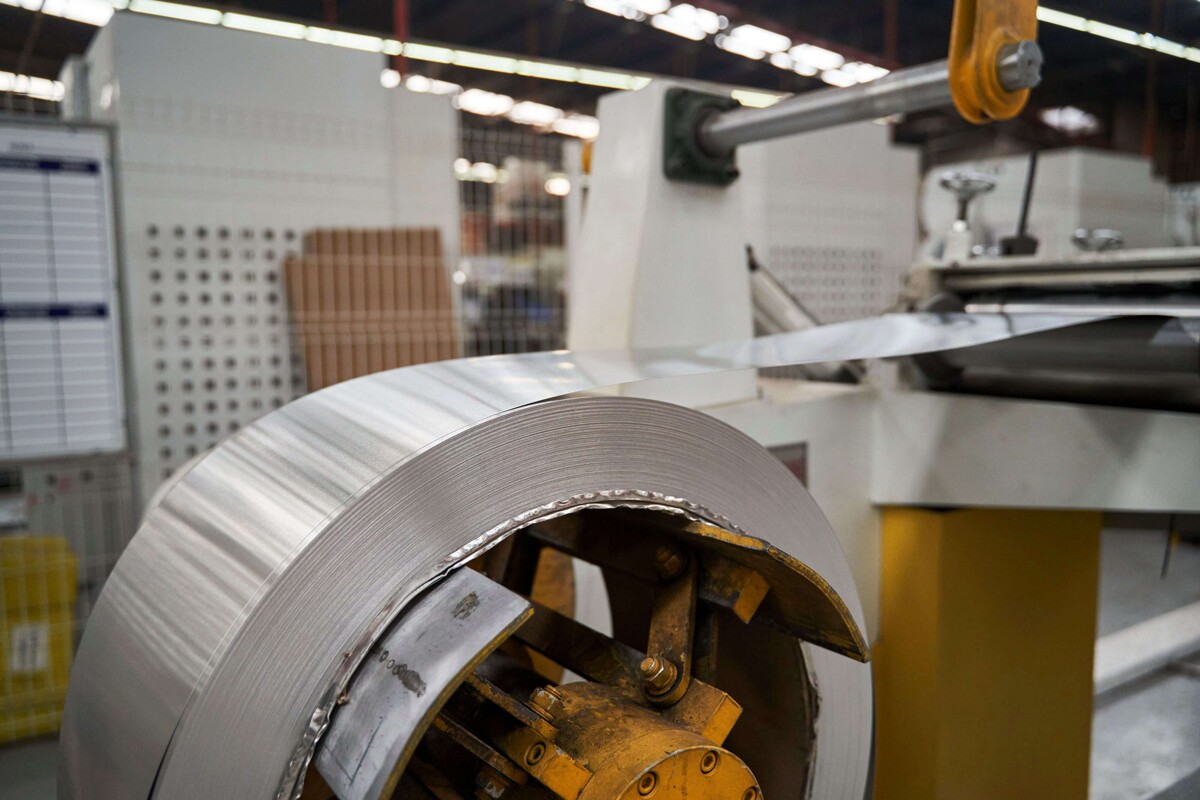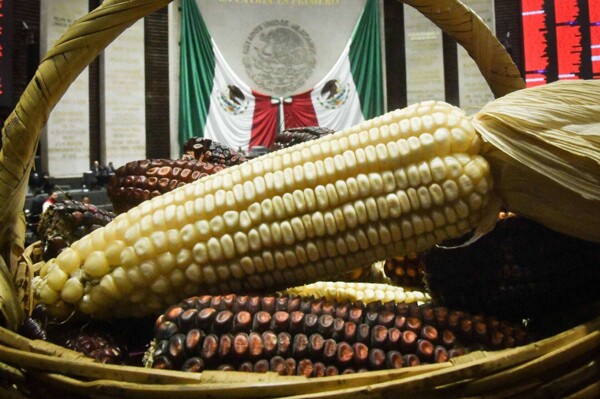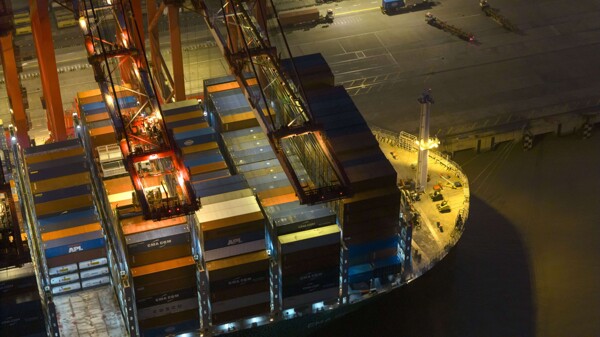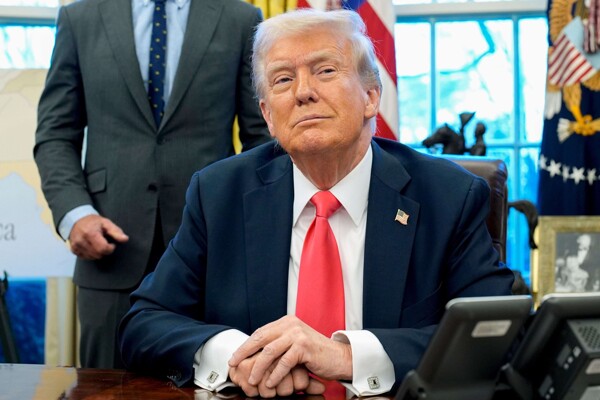
The Mexican economy currently lacks a clear strategy that defines its industrial profile for the year 2030, a time when there will be a change in the presidency and, consequently, in industrial policy. The absence of solid planning has led to a reactive approach instead of establishing specific goals. In recent decades, industrial construction has been guided by the industrialization strategy dictated by the Free Trade Agreement, which has caused an unequal distribution of the industrial base from the center of the country toward the northern border.
In this context, it is crucial to unify efforts to develop resilient production chains that can adapt to adverse circumstances. It is necessary to redesign existing structures, such as industrial chambers, so that they contribute to a more ambitious and inclusive industrial vision. Innovation must be the engine of a new approach to industrialization, promoting a more creative development that is less dependent on manufacturing.
Collaboration between the productive and academic sectors is essential to redesign supply chains and promote innovation. Greater coordination and cooperation between the public sector and universities, especially engineering departments, should be encouraged. Mexico's transformation from a maquila country to an innovative one will require a joint effort and a restructuring of both the productive and educational sectors.
The country faces the challenge of integrating national production chains and restructuring universities to promote linkage with the productive sector, following the example of other nations that have achieved close collaboration between academia and industry. The lack of a national planning system has contributed to a disarticulated manufacturing base, dependent on external supplies and vulnerable to the fluctuations of the global economy.
In a scenario where the world economy is shaken by events such as the imposition of tariffs by President Trump, Mexico needs to rethink its productive structure to build more integrated capabilities and avoid the disarticulation of its production chains. Reactive measures will not be sufficient to counter the current challenges; proactive planning and a long-term vision are urgently needed to drive a true leap toward innovation and productivity.













